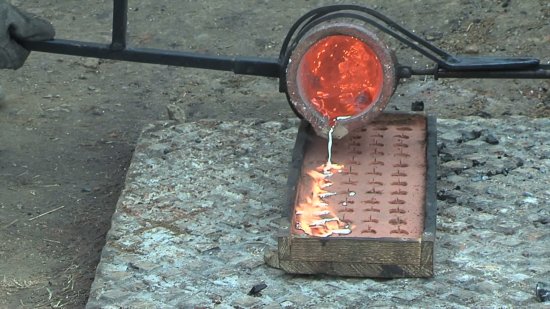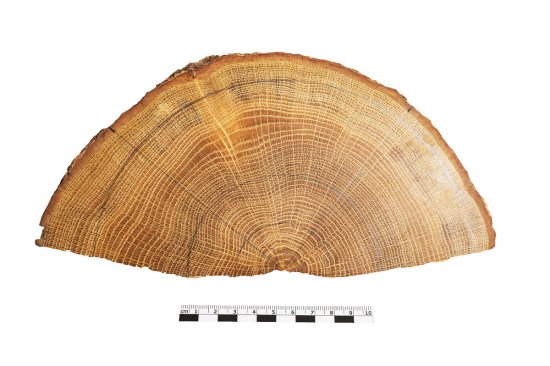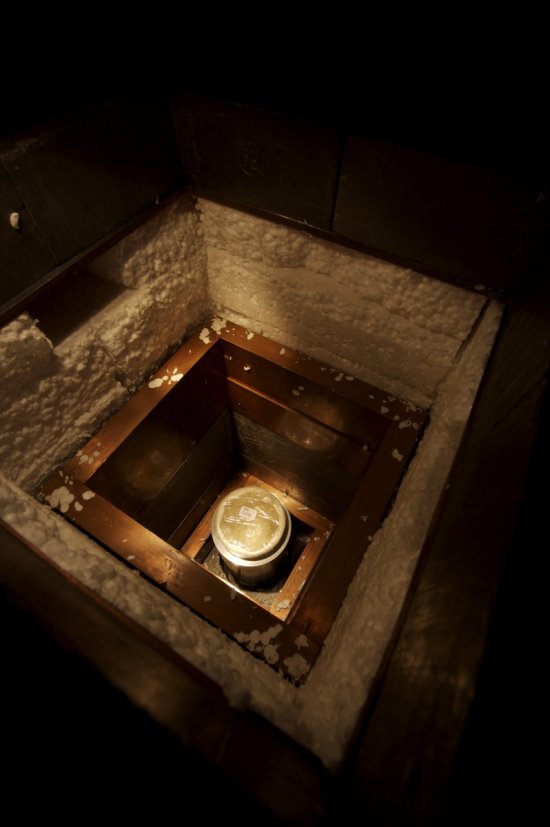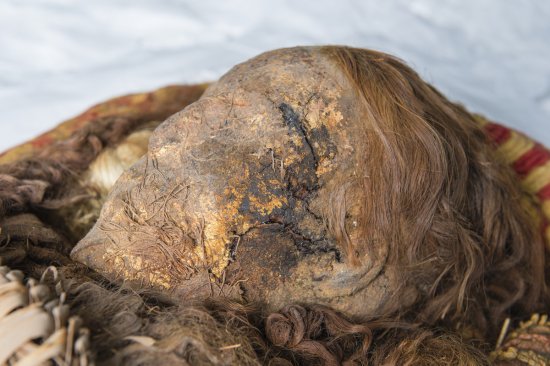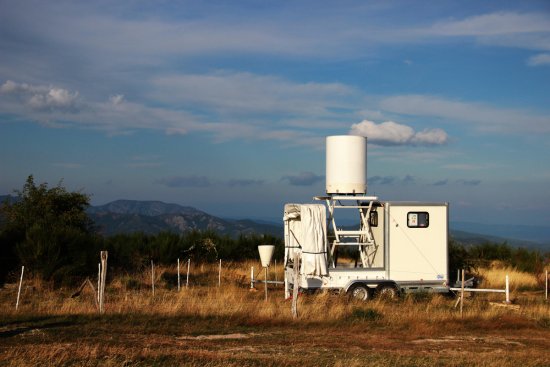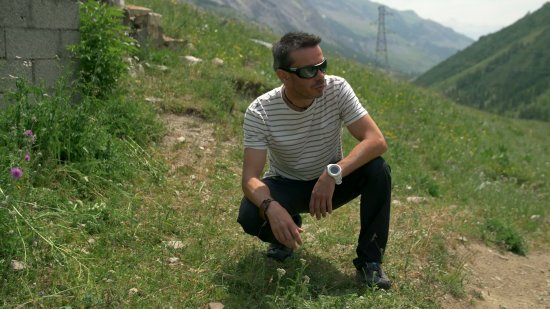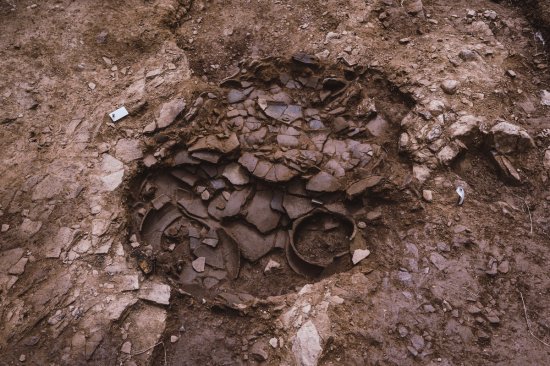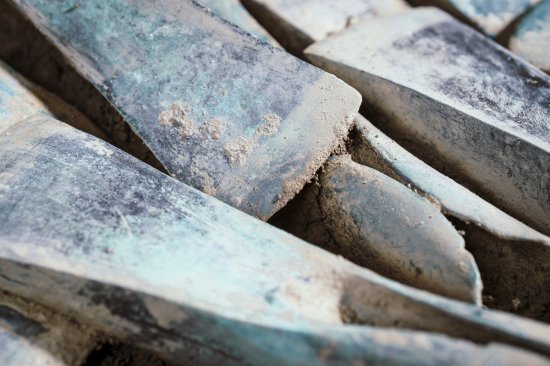Film for consultation only
© CRAVA / CERIMES / CNRS - 2009
Reference
6397
Jade, grandes haches alpines du néolithique européen
5,000 years ago, large polished jade stone axes played an important social and religious role among populations that were geographically very distant from one another.
To this day, some villages in Papua New Guinea still consider the polished jade stone axe a particularly valuable item. This can also be seen at various European archaeological sites, where as a result of encounters and trade, jade from the Monte Viso mountains in the Italian Alps could be found in Brittany, Denmark, Greece and Sicily. An unparalleled distribution of trade at that time.
"Jade, Grandes haches alpines du Néolithique européen" explores European prehistoric sites that demonstrates the prestige of polished jade stone, a symbol of wealth and immortality. A history is also revealed of archaeological discoveries and the techniques used by researchers to reconstruct the history of the Alpine axe in Europe in the 5th and 4th centuries BC.
Duration
Production year
Définition
Color
Sound
Version(s)
The use of media visible on the CNRS Images Platform can be granted on request. Any reproduction or representation is forbidden without prior authorization from CNRS Images (except for resources under Creative Commons license).
No modification of an image may be made without the prior consent of CNRS Images.
No use of an image for advertising purposes or distribution to a third party may be made without the prior agreement of CNRS Images.
For more information, please consult our general conditions

